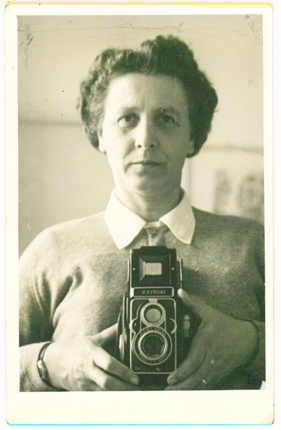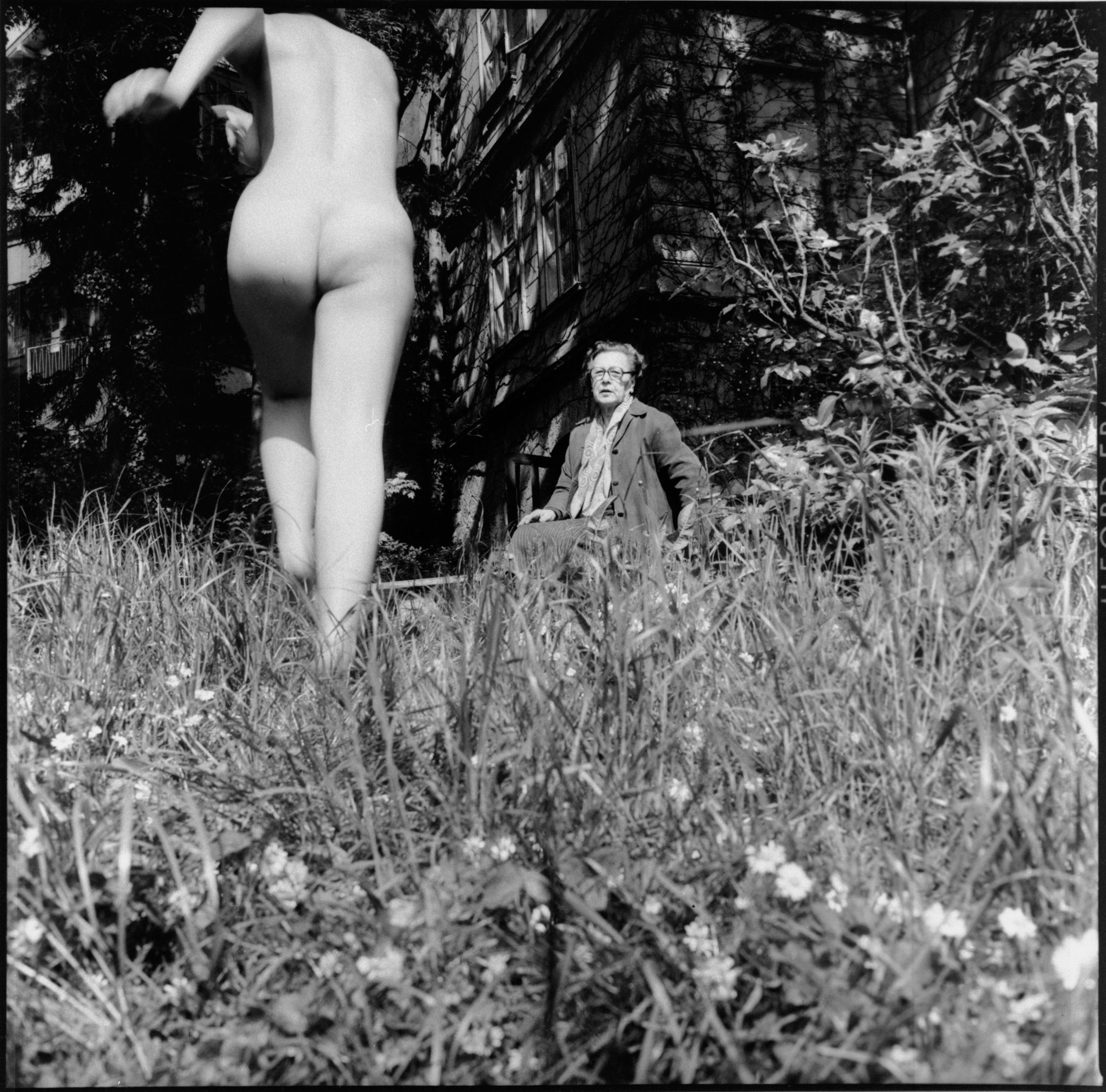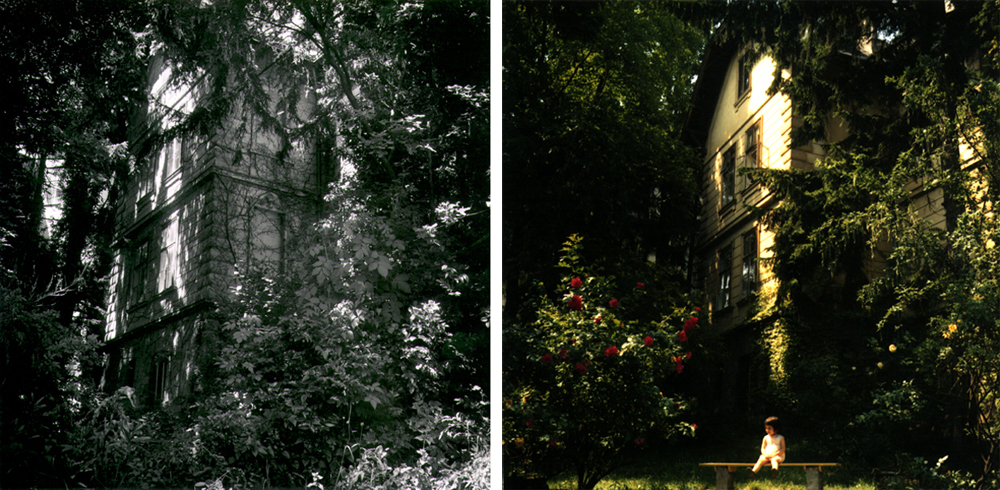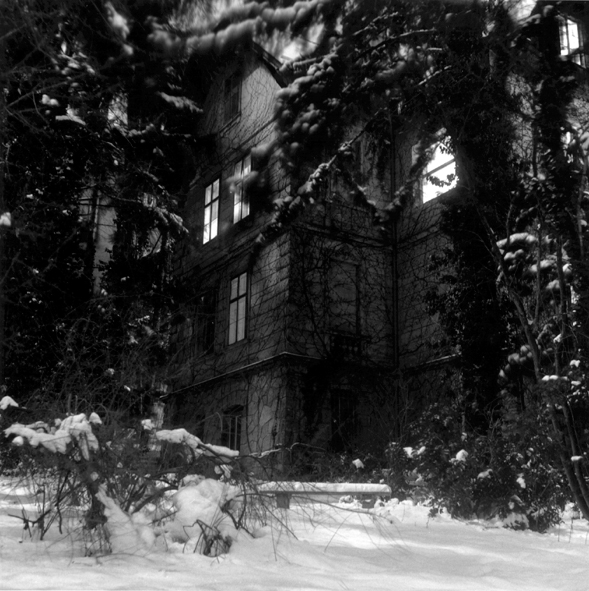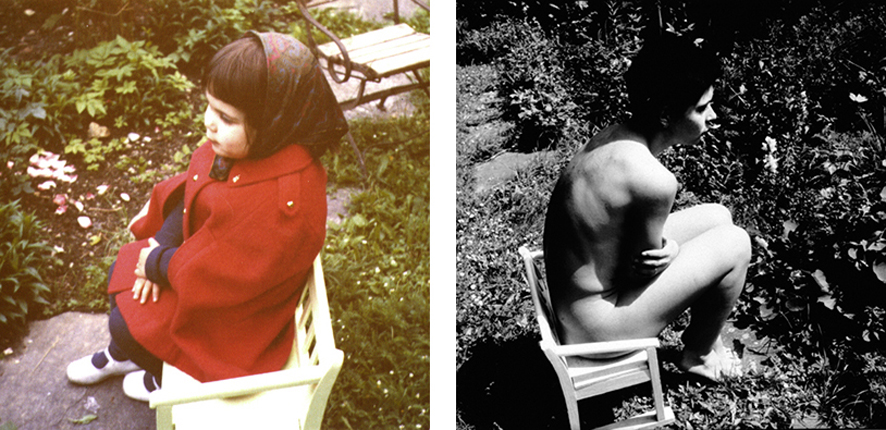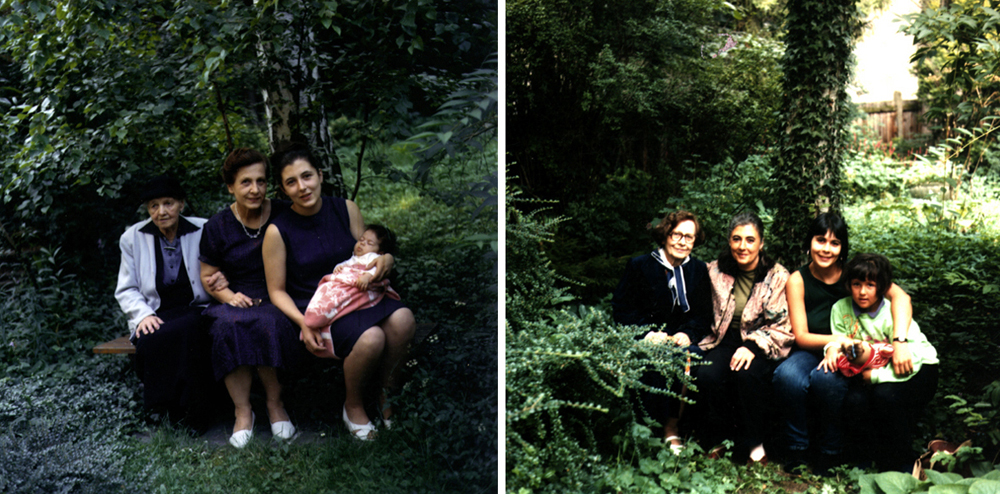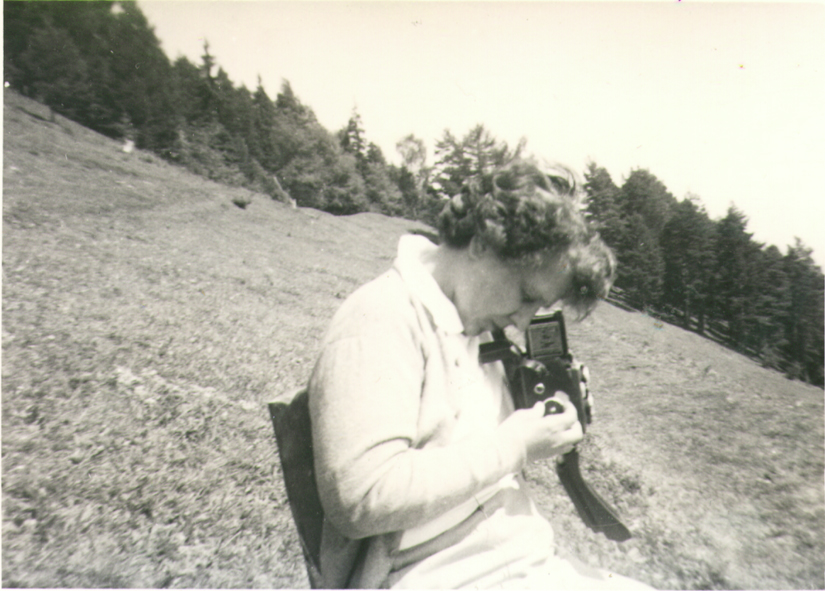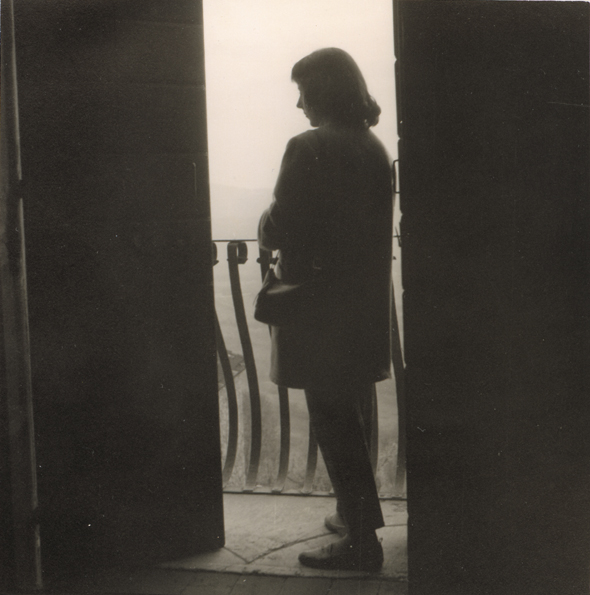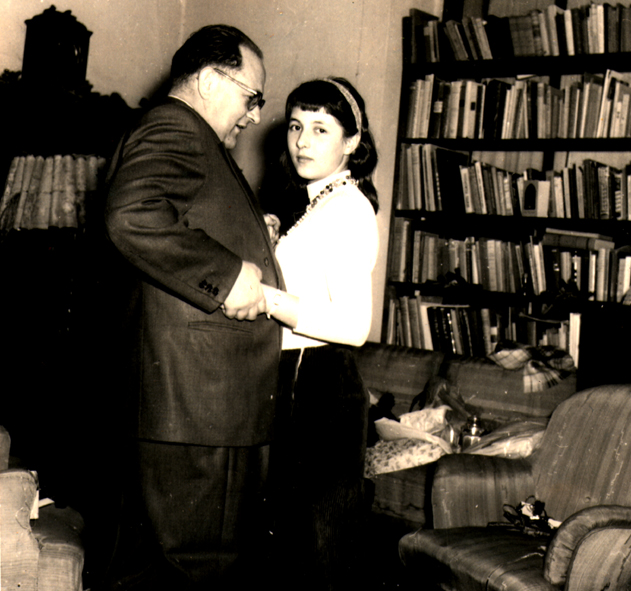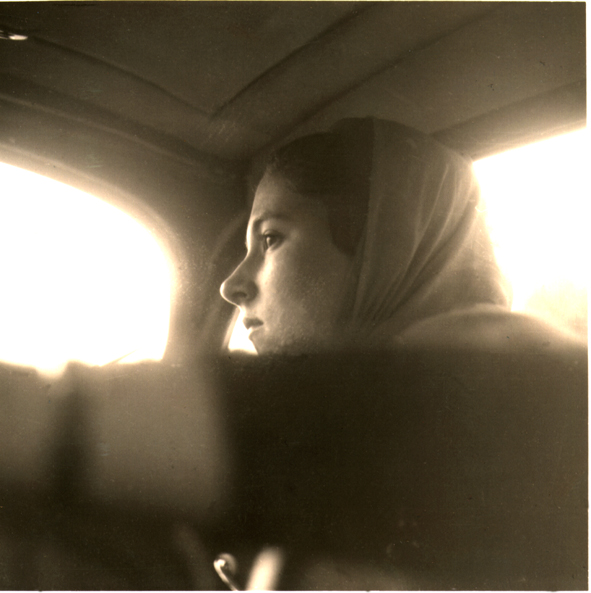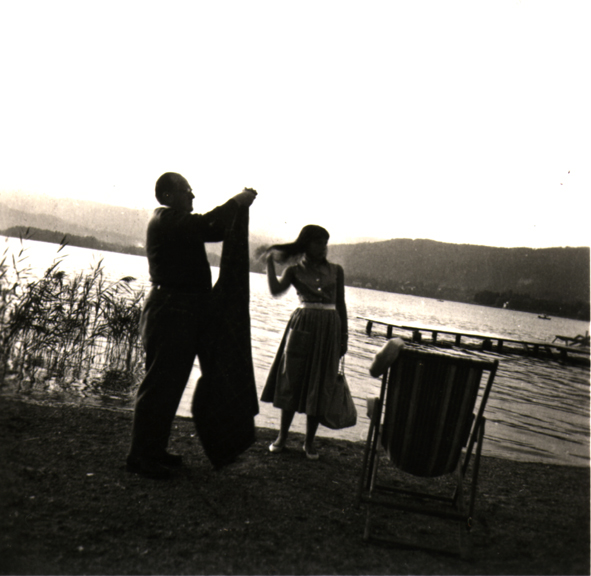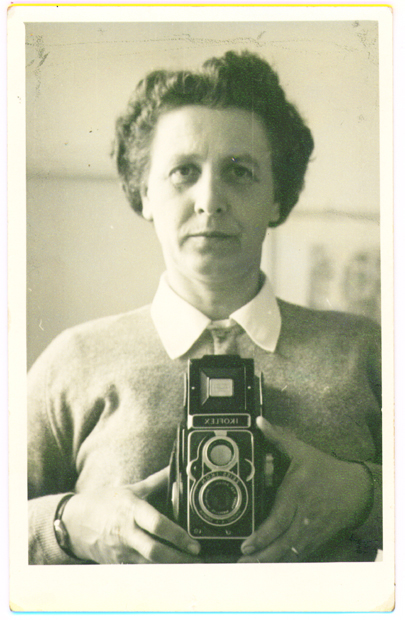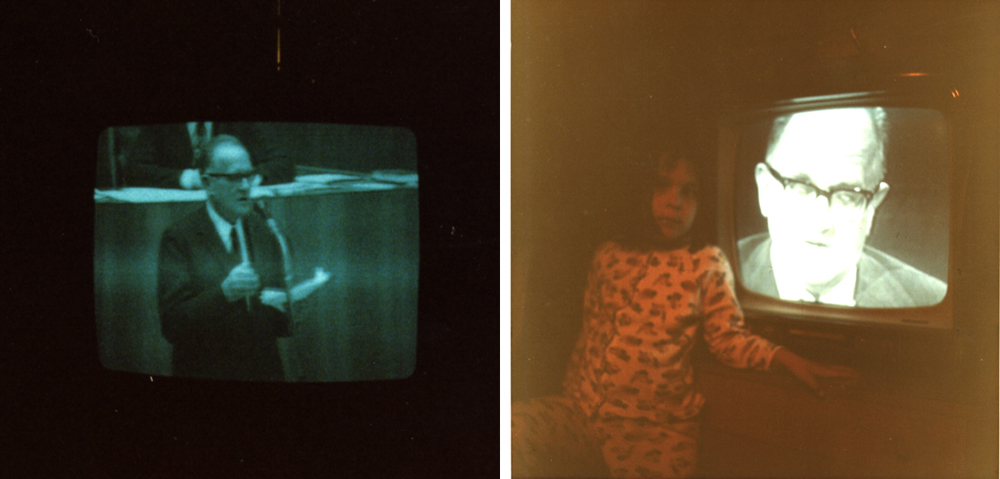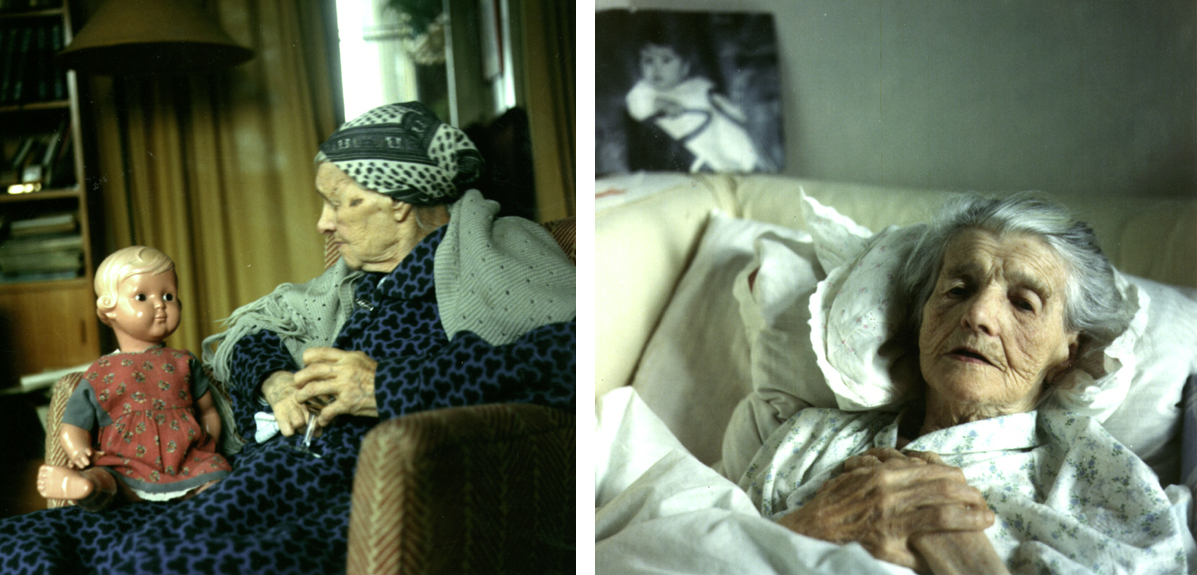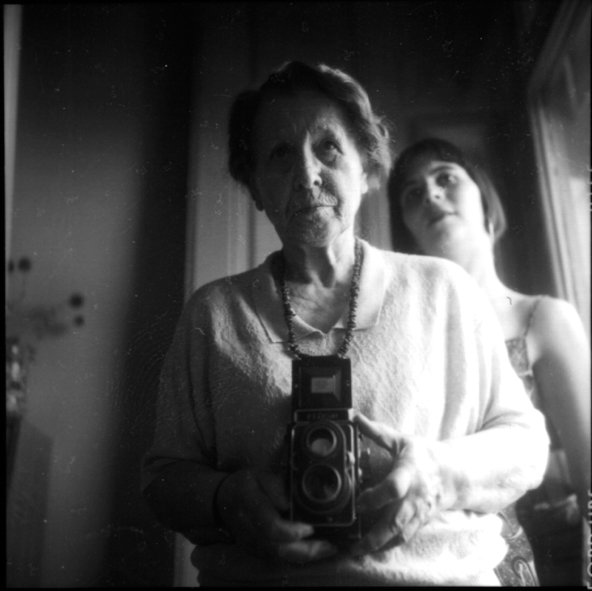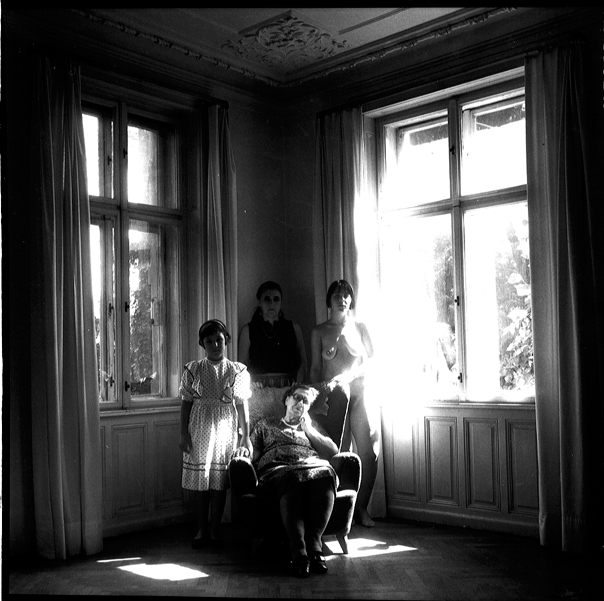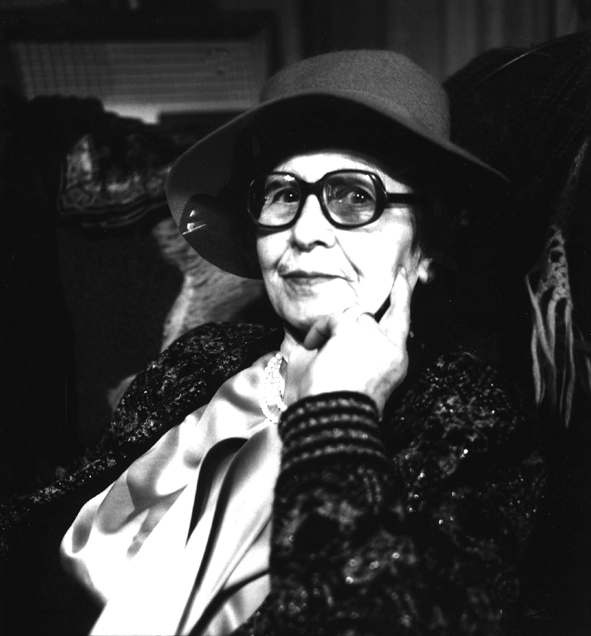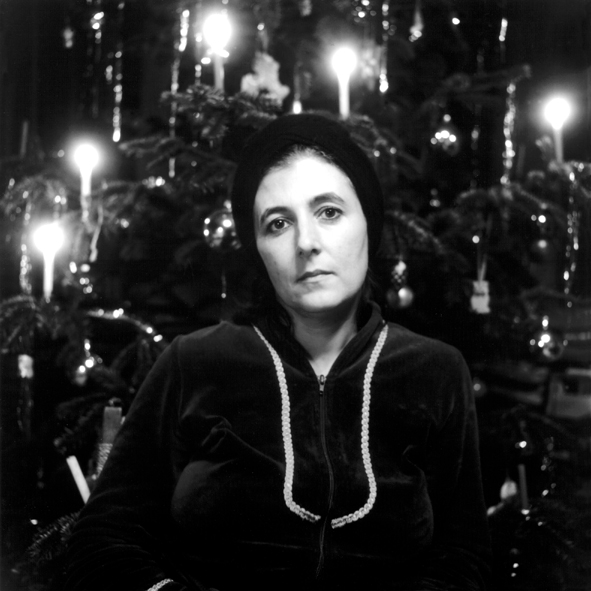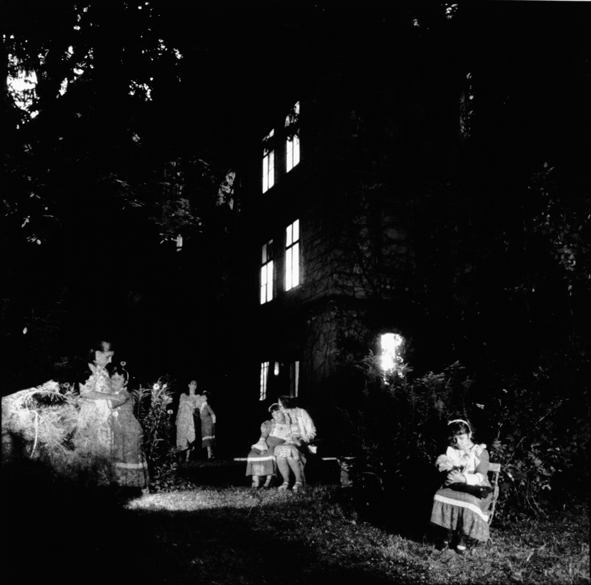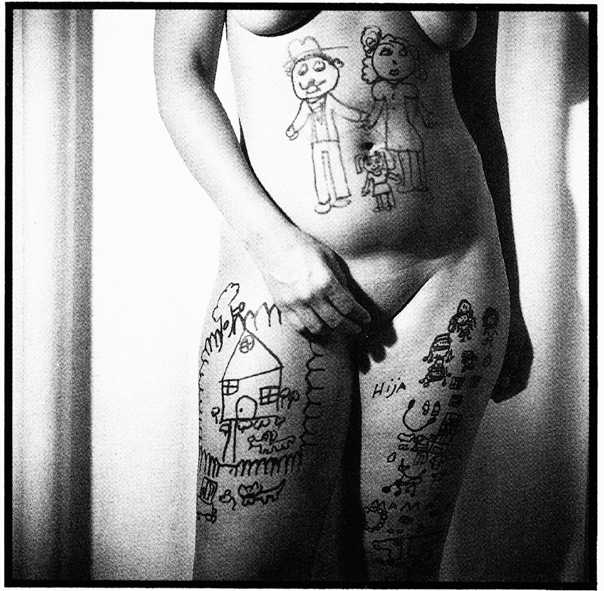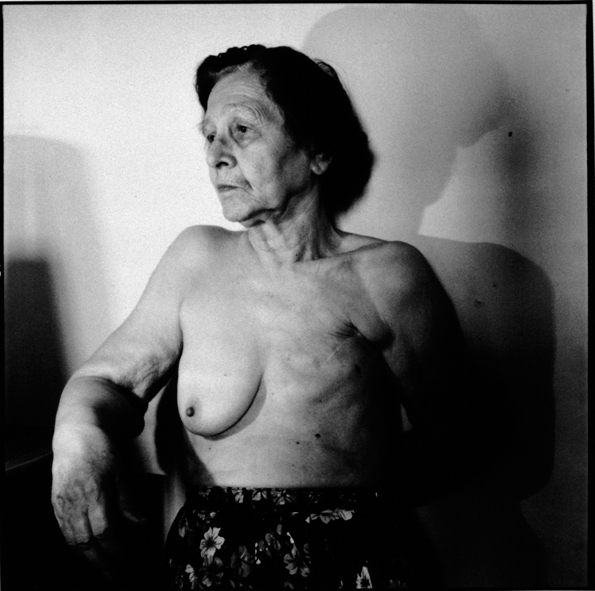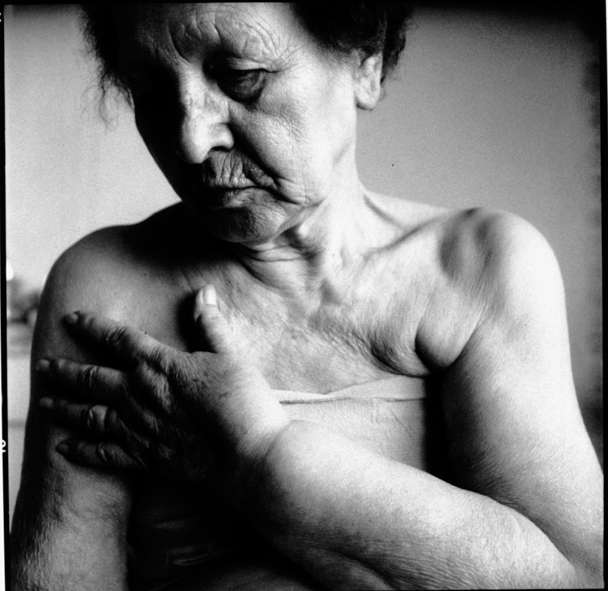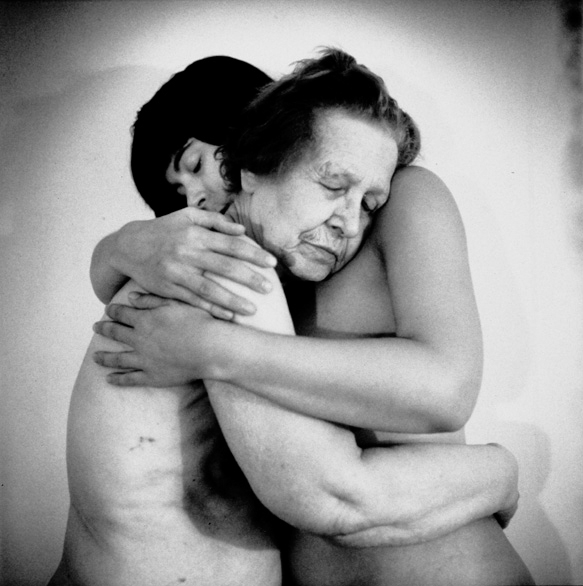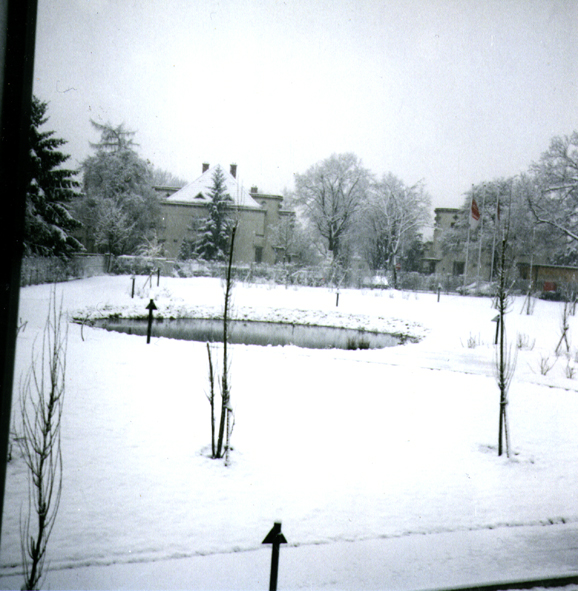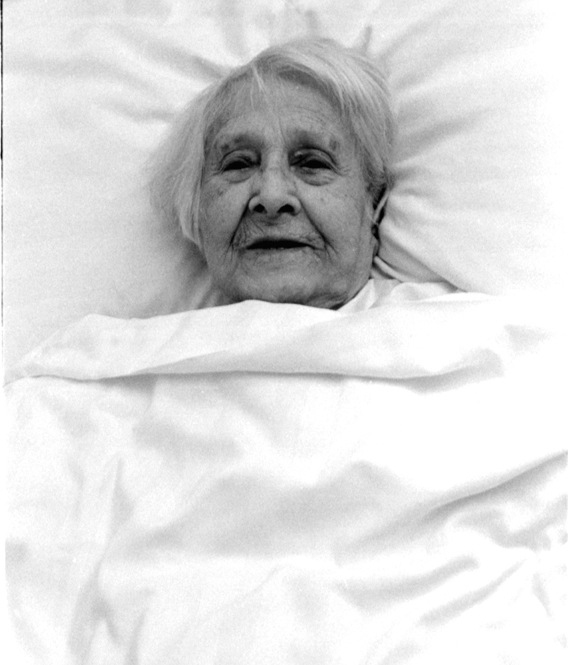Since we left for Mexico I often return to Vienna to see Omama, my grandmother. I immerse myself in the albums as if they hide a secret, the key to some mystery. I can’t tell the difference between the photographs and my memories, I don’t know anymore if I have constructed them from the images.
January 29, 1955
…But I didn’t live that, and my mother doesn’t know anymore or won’t tell me because she probably continues to believe that those things should not be spoken about, especially with your own children. Perhaps I’m being unfair, maybe she does want to talk about it. But even if that were true, she can no longer see things now like she did before, sort out everything like it happened. She will be eighty in three days. That’s why I want to begin writing now, before it’s too late, because in a few years when I read these pages I will think differently and perhaps I might have forgotten things. Surely, even now, many things have faded from my memory. Still, some events reappear exactly like they were.
Hilda Broda
(from my grandmother´s journal)
The work in Album is built on the relationship between my grandmother and I, on our bond through photographs. The home and the body are the coordinates that provide it with a structure, and photography is the means that enables us to fix our gaze and allows others to come into it. Through photographs and texts, it approaches topics such as memory, personal and cultural inheritance and photography as a way to explore identity. The Spanish editorial house Mestizo published Album in a book in 2000; it was then presented in an exhibition that brought together photographs, texts, videos and objects.
My mother brought me to Mexico when I was eight years old. I was born in Spain and spent part of my childhood in Vienna, Austria. I worked on Album for fourteen years. I began the project due to the deep attraction I felt for the pictures that my grandmother took of my early years in Vienna. I could not distinguish my memories from the images and I felt that in them a fundamental mystery was hidden from me. Based on this, I made a series on some of photos from my childhood, which later expanded as I became more involved in thinking about photography and its relationship with memory and identity. Little by little Album became a more profound exploration, addressing central themes in family relationships, the history of my ancestors, the construction of the body within the search for an identity.
The work was carried out in several stages. The sale of my grandmother’s house and her gradual loss of memory led me to finally restructure the story in a book. To develop the narrative, I submerged myself in the albums, in the pictures of my grandmother, of my ancestors and of me, in my diaries, in hers, and I discovered once more that both of us had a deep need to capture time in words, photographs, recordings, film and videos. These objects enable us to see the cycle of our lives. My grandmother took pictures of me as a child, just as I took pictures of her during her last years; likewise, she photographed her mother before she died. My grandmother’s need to take self-portraits in front of the mirror, year after year, is the same need that led me to photograph myself.
My grandmother’s love of photography and the way she used it allowed me also to state some other qualities of interest to me in this medium. On the one hand, it gave me access to the images she took throughout her life, as well as to those of other generations and key periods in the history of humanity such as World War I and World War II. On the other, it showed me the way in which photography intertwines our desires with the representation of the media in our contemporary world. My grandfather often appeared in the media and when he left my grandmother, she continued to take pictures of him on television. When I was a little girl she would even ask me to pose next to the television set. This dramatic faith in photography as a repairer of absences*, shows how private space is mixed with public space and how our yearnings seem to get lost in the confusion of representation in the media.
Now I know that my grandmother was witness of a time that marked my life profoundly; her photographs are signs of affection and at the same time, they are traces of moments that I shall never cease to decipher. It was my relationship with her, the silent link through the camera, which has made me perceive photography as an act of attention and a form of relating vitally with the world.
From the book Album. Published by Mestizo, Spain 2000

